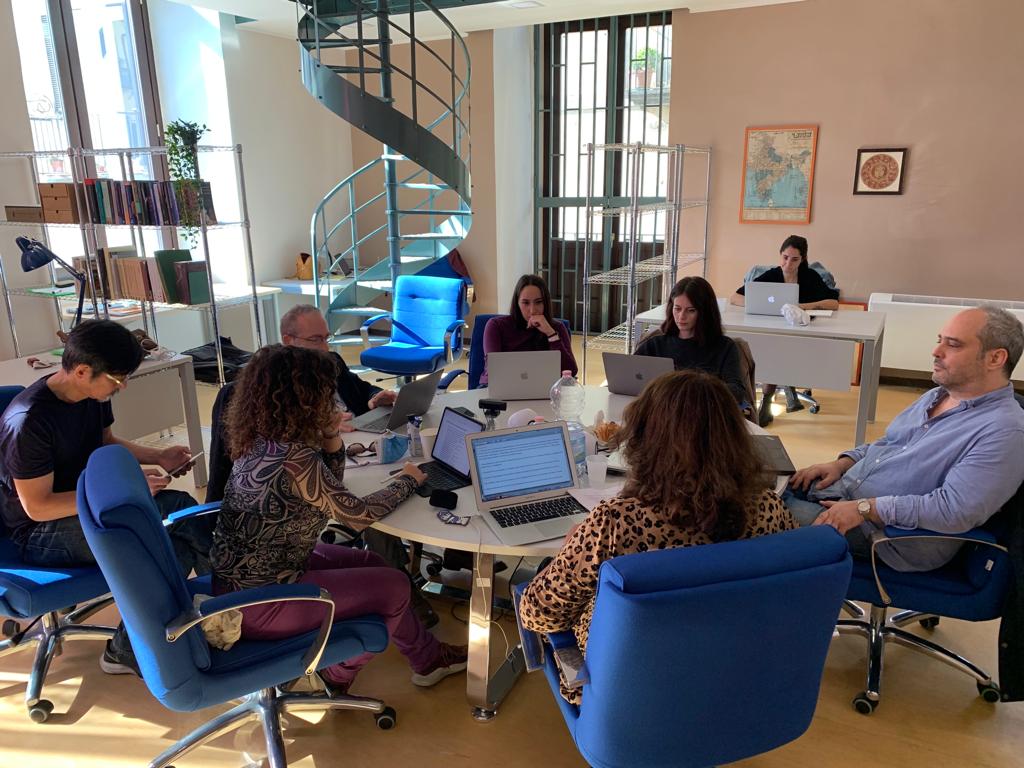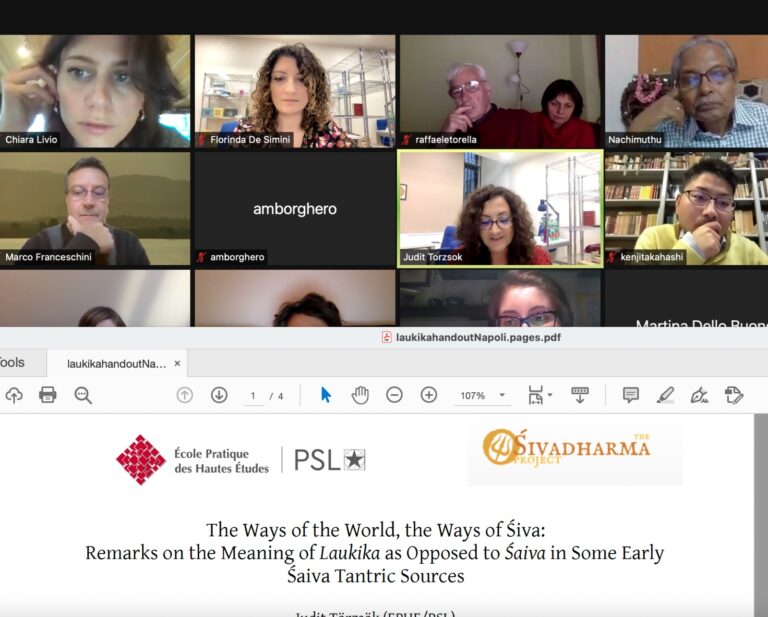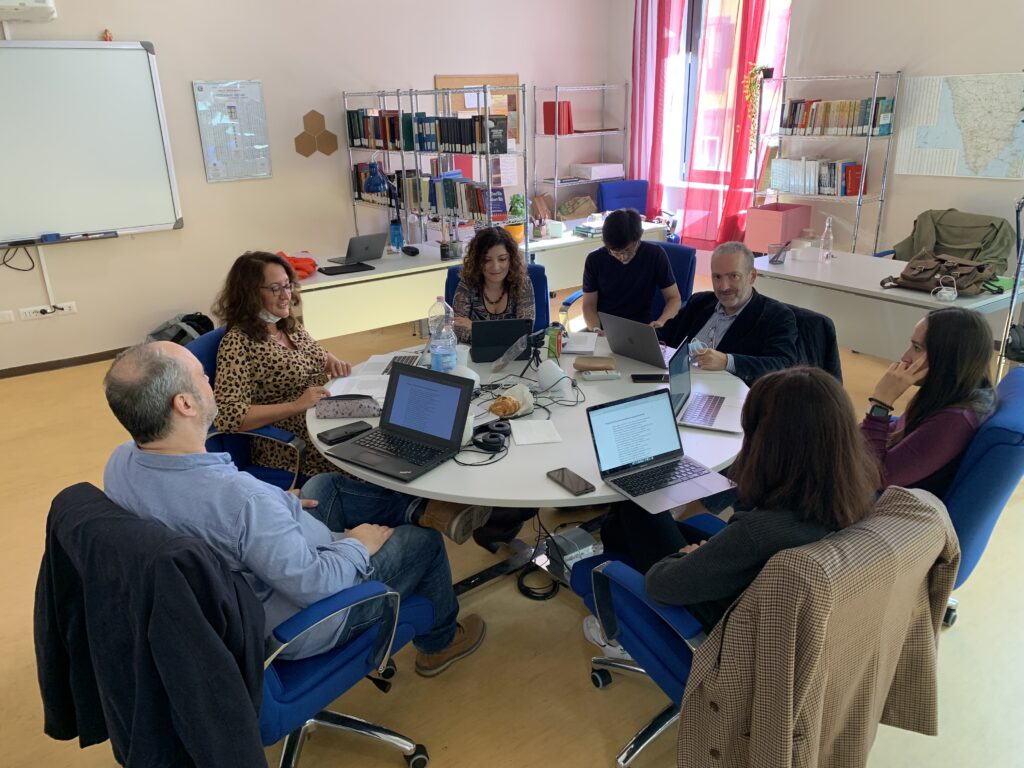
As part of our reading workshops, starting from October 18th, 2021, the Śivadharma project hosted prof. Judit Törzsök for three weeks in Naples to read together her edition-in-progress of the Haracaritacintāmaṇi.
Judit Törzsök teaches Sanskrit and Indian Religions at EPHE (École Pratique des Hautes Études) in Paris, where she studies the history of Śaivism and devotional Śaiva poetry, topics that are close to our project. She has in fact been one of the participants to our weekly readings of the Śivadharmottara and other texts from the Śivadharma corpus, significantly contributing to enrich our understanding of the texts.
In the past weeks, we read Judit’s edition-in-progress of the Haracaritacintāmaṇi, the composite poem by the 13th century Kashmiri poet Jayadratha. We read various chapters about different mythological stories, and studied the parallels and appropriation of the Śivadharmottara.
The Haracaritacintāmaṇi contains various mythological stories and retellings of legends about Śiva and his manifestations, as the title of the text suggests. Although it can be read as a kāvya, rooted in the tradition of medieval Kashmiri poetry, the HCCM cannot be strictly defined in terms of genre. As Judit pointed out, experimentation with genres was going on in Kashmir already around the 10th century, producing texts like the HCCM that were mainly religious and didactic in purpose. The HCCM has in fact a dominant dharmic and puranic taste that is displayed through the telling of the mythological stories.
Some of the myths that we read are the birth of Ganeśa, the descent of Ganga, the varied and multiple manifestations of Śiva, and the legends related to the festival of Śivarātri, among other myths. Although the main storyline is recognizable, in some chapters the poet Jayadratha told variants of the puranic stories, probably an attempt to highlight the ritual dimension described in the stories and to target a readership of lay Śaiva devotees.

At the end of our three-week reading of the HCCM, we discussed the use of the word “laukika” in early Śaiva sources during Judit’s lecture “The Ways of the World, the Ways of Śiva: Remarks on the Meaning of Laukika as Opposed to Śaiva in Some Early Śaiva Tantric Sources”. According to Monier Williams, laukika denotes the realm of the “worldly, terrestrial, belonging to or occurring in ordinary life”, something that is “temporal, not sacred” (Monier Williams 909). It generally stands in opposition to vaidika, a term that implies a relation to the Vedas, or, in a larger sense, a brāhmaṇa who is well-versed in the Vedas (MW 1022). Going beyond the established definitions of these terms, Judit has noticed that laukika changes its connotation according to the different sources and depending on the different viewpoints showcased in the text.
In brief, Judit’s lecture and reading workshop have fully pinpointed what is at the core of our research in the Śivadharma project, namely of using the philological expertise to dig deeper into the religious, social and cultural history of Śaivism.
We want to thank Judit for all her work and support, and look forward to more reading workshops and collaborations in the near future!
Click here to reach the Facebook and Instagram posts of this event

